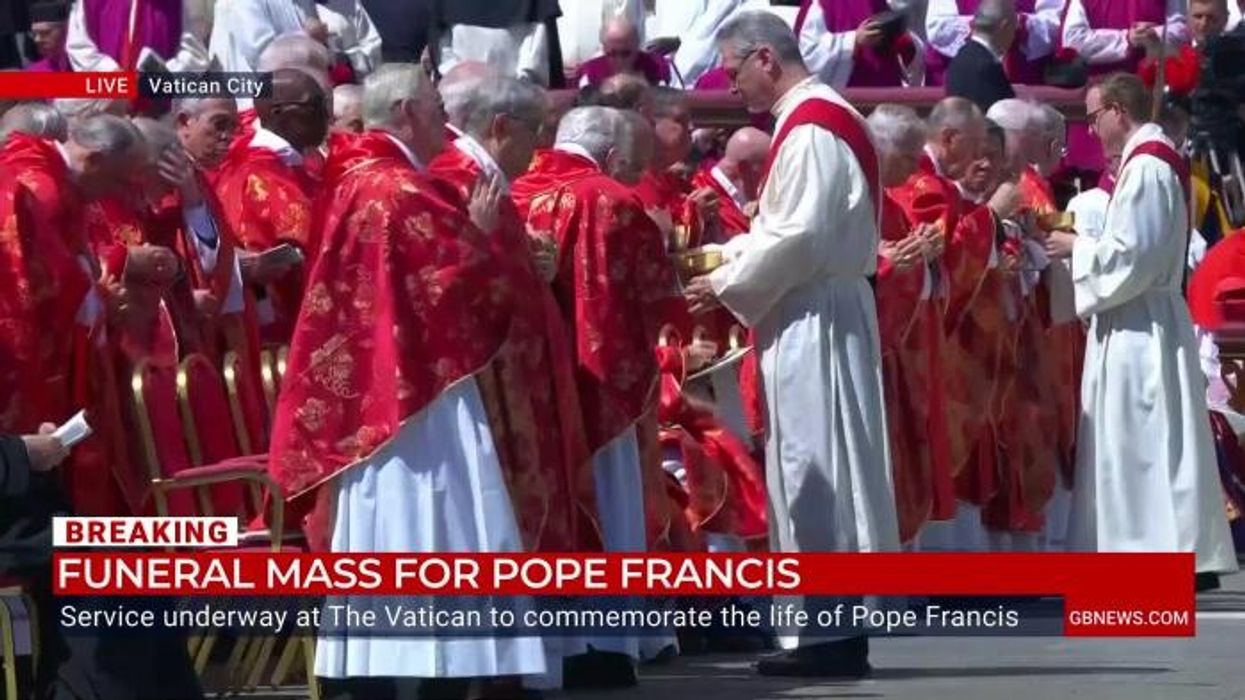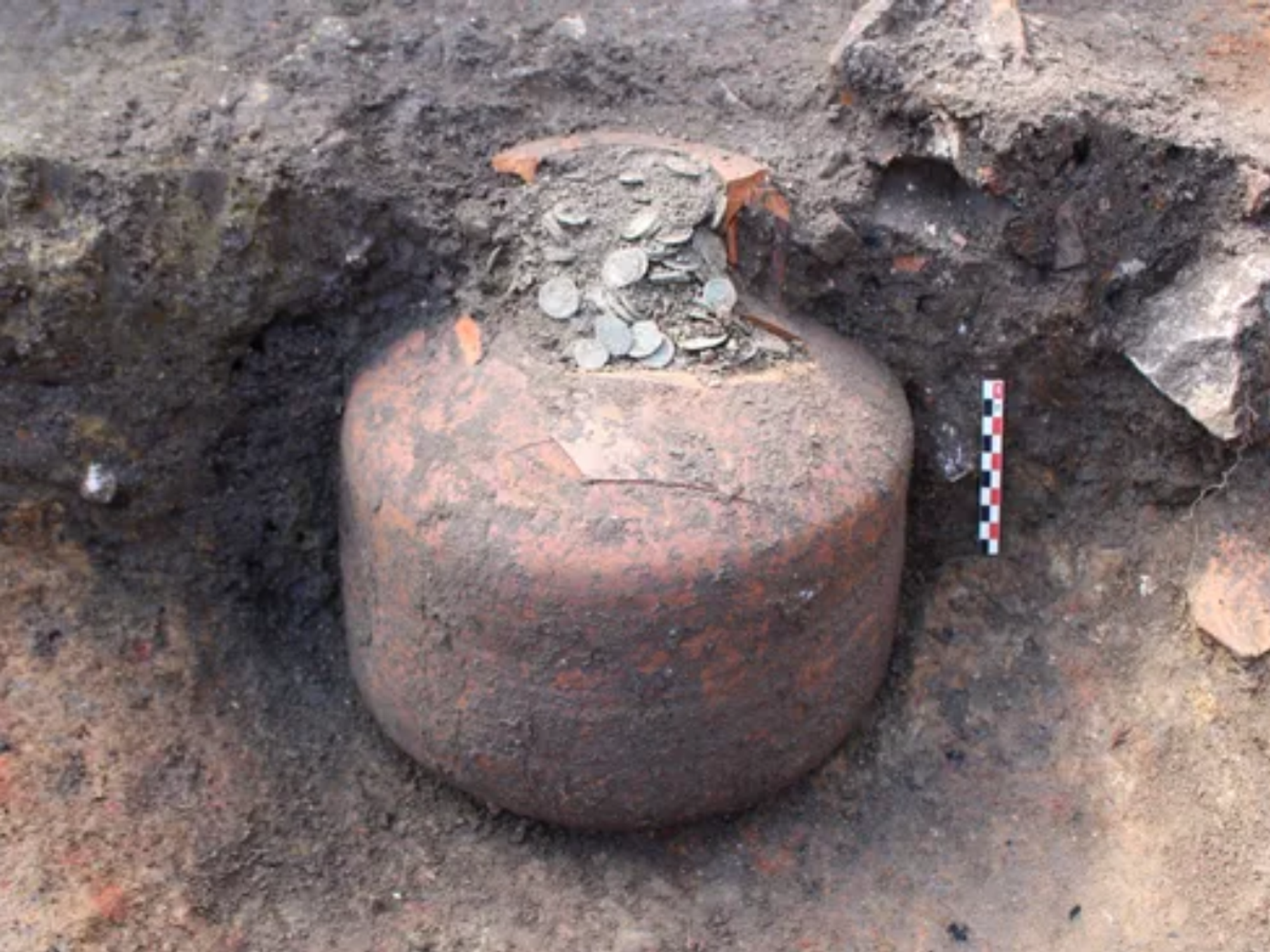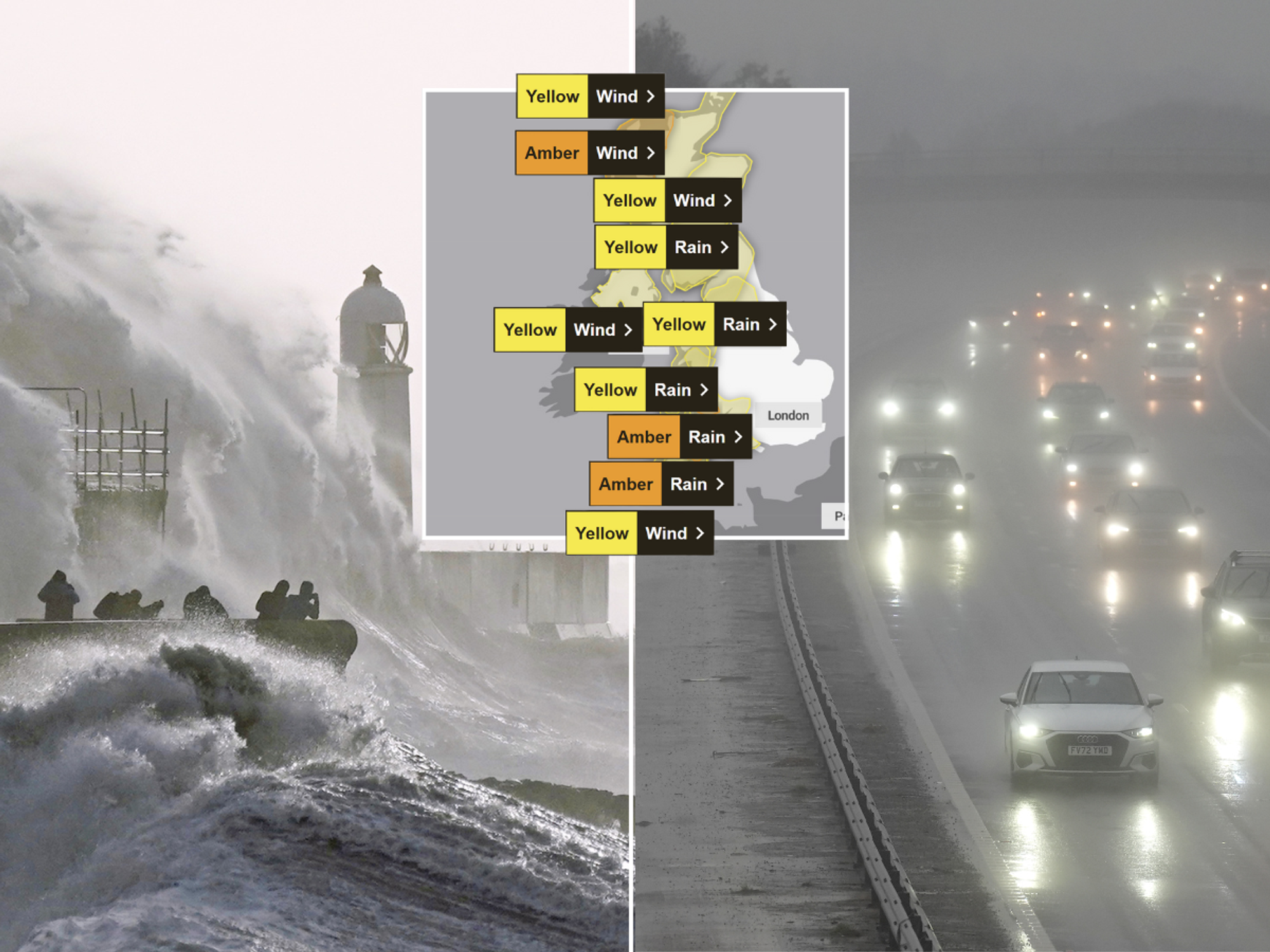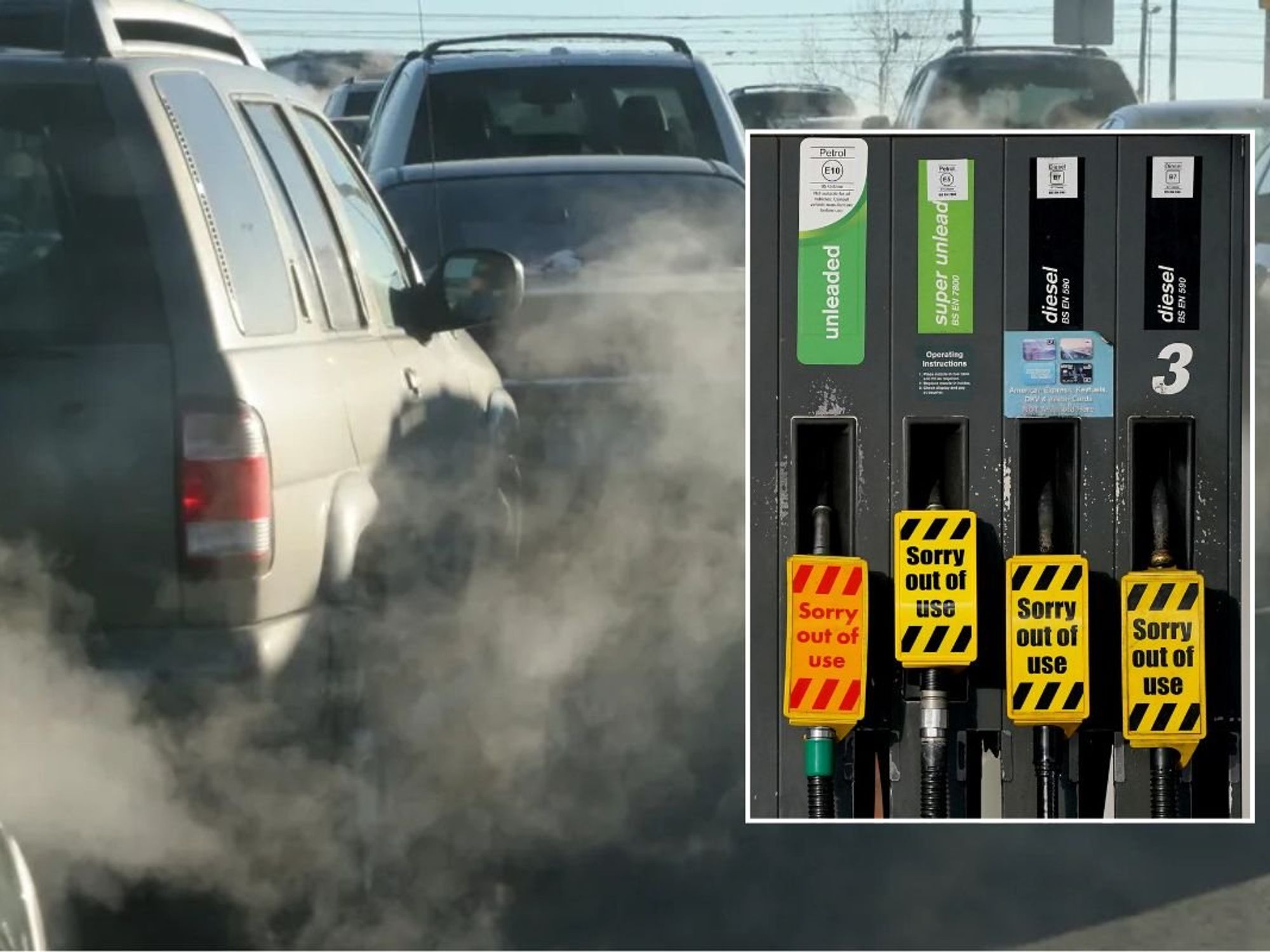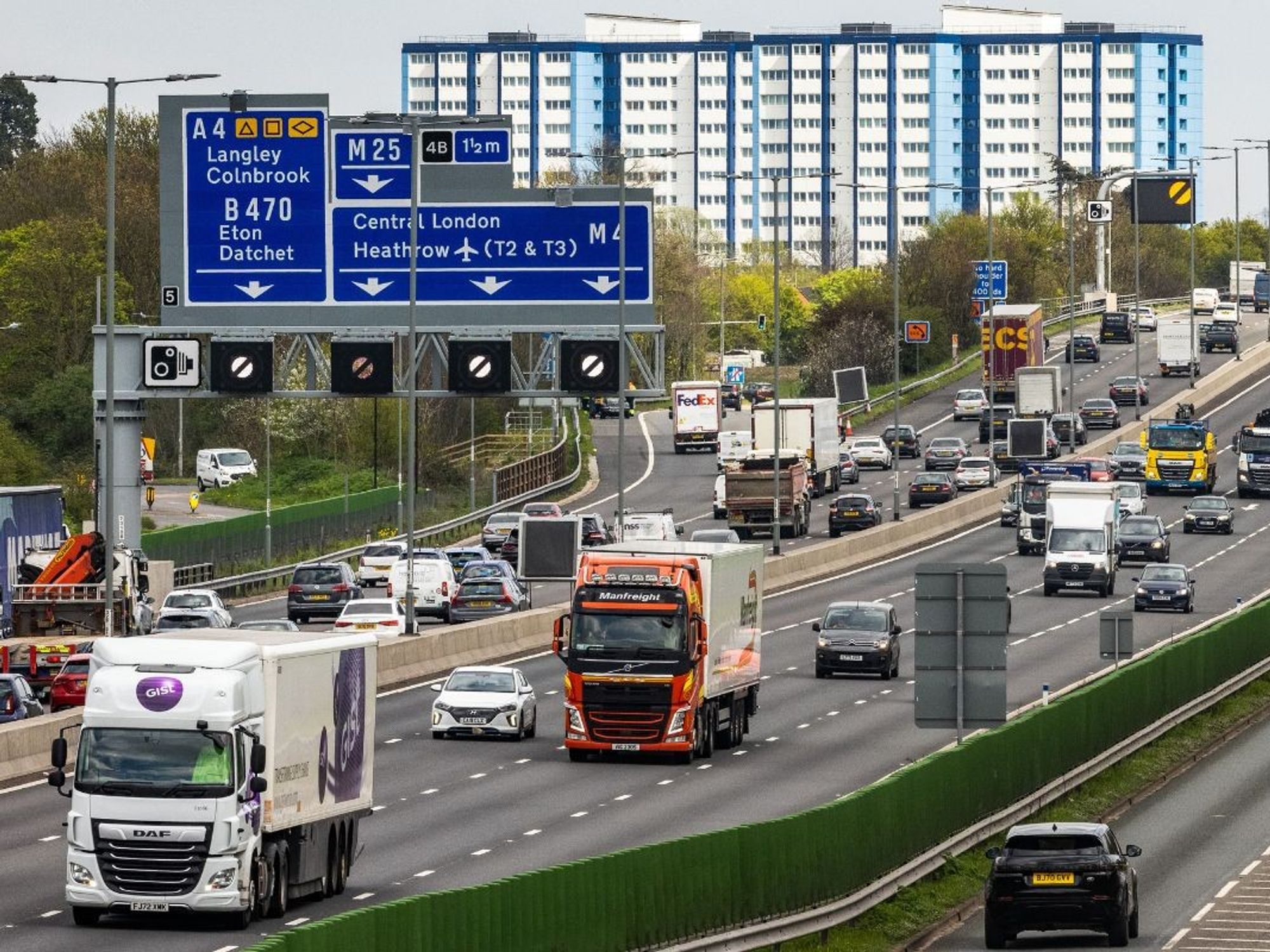Pope Francis's funeral breaks tradition in four major ways as centuries-old practices shunned
World leaders congregated in Rome to attend the funeral
Don't Miss
Most Read
Pope Francis's funeral has broken from tradition in four major ways in a reflection of his position as "the people's Pope".
Some 200,000 people attended the event which saw dignitaries from around the world come to mourn the loss of His Holiness.
His Holiness died on Monday, aged 88, following a stroke.
Following a number of days on display at St Peter's Basilica for public viewing, a funeral mass in St Peter's Square to honour the pontiff was attended by leaders from across the world.
However, viewers of the event and those in attendance may not know that the pontiff's funeral is unusual in many aspects.
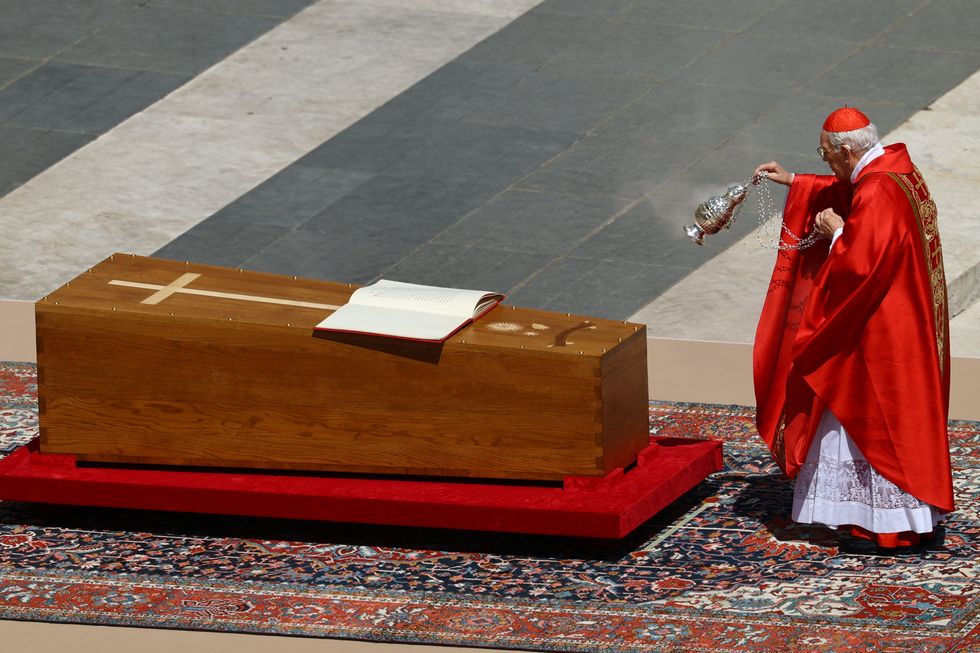
Francis also chose to break with the centuries-old custom of burying popes in three interlocking caskets made of cypress, lead, and oak
|REUTERS
One major way Pope Francis's last rites have broken tradition is by rejecting much of the pomp and pagentry associated with the event in favour of a scaled-back event.
Ahead of his death, His Holiness personally rewrote the lengthy, elaborate funeral rites used in the past to ditch much of the ceremony.
In addition, the service itself was greatly reduced.
In comparison to Pope John Paul II's funeral, which took nearly three hours in 2005, Saturday’s service lasted just 90 minutes.
MORE LIKE THIS:
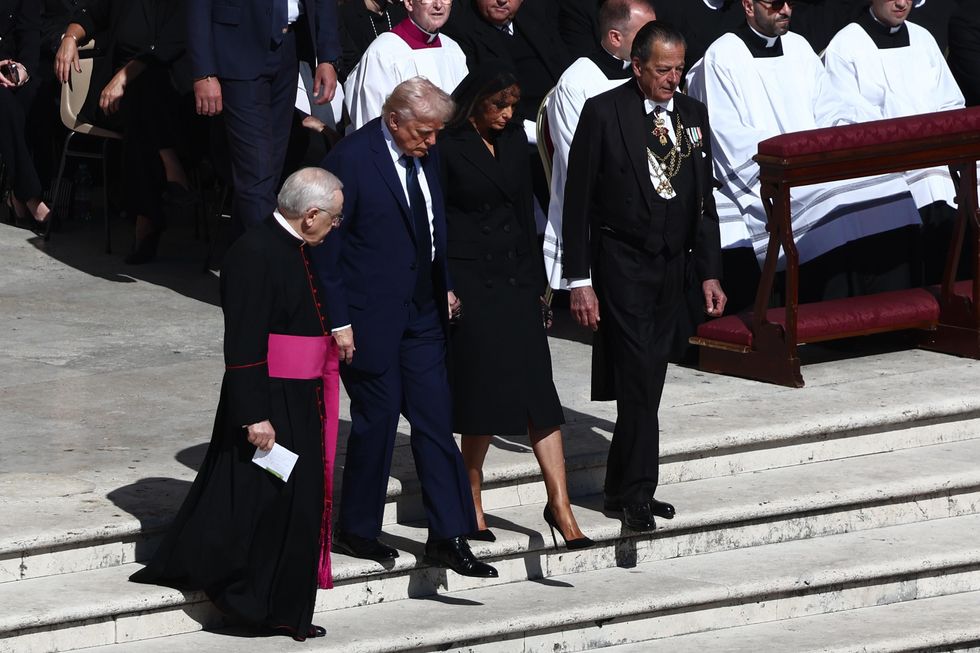
World leaders have congregated in Rome to attend the funeral
|GETTY
Francis also chose to break with the centuries-old custom of burying popes in three interlocking caskets made of cypress, lead, and oak.
Instead, he has been placed in a single wooden coffin lined with zinc, which was sealed overnight.
One final departure from tradition will see Francis be the first pope in more than a century to be buried outside the Vatican.
He selected Rome’s Basilica of St. Mary Major, about 5.5 kilometres (3.4 miles) from St Peter’s, as his final resting place.
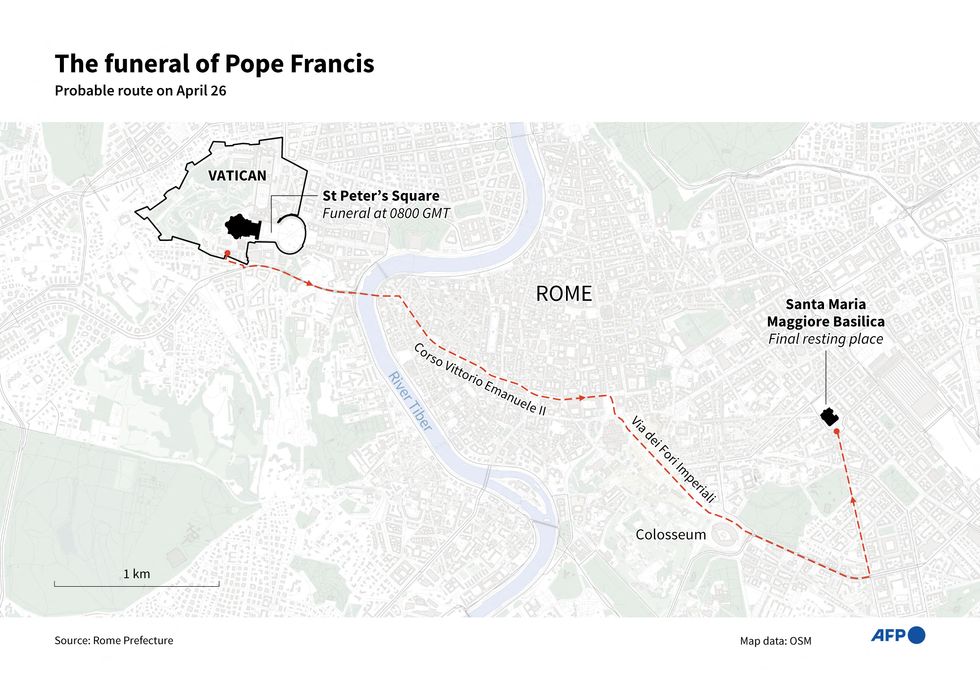
Pope Francis funeral route
|GETTY
His tomb bears only the inscription "Franciscus," his name in Latin, with a simple iron-plated cross, similar to the one he wore daily, hanging above the marble slab.
Francis’s funeral motorcade travelled through the streets of Rome one last time, giving people a chance to say goodbye.
Ahead of the funeral, the nation closed airspace over Rome and deployed extra security forces, anti-aircraft missiles, and patrol boats to safeguard the event.
Once the burial is complete, attention will shift to the process of selecting Francis’s successor.
The conclave is not expected to begin before May 6, with cardinals likely holding several meetings beforehand to evaluate potential candidates and discuss the challenges facing the Church, including financial troubles and ideological divisions.


